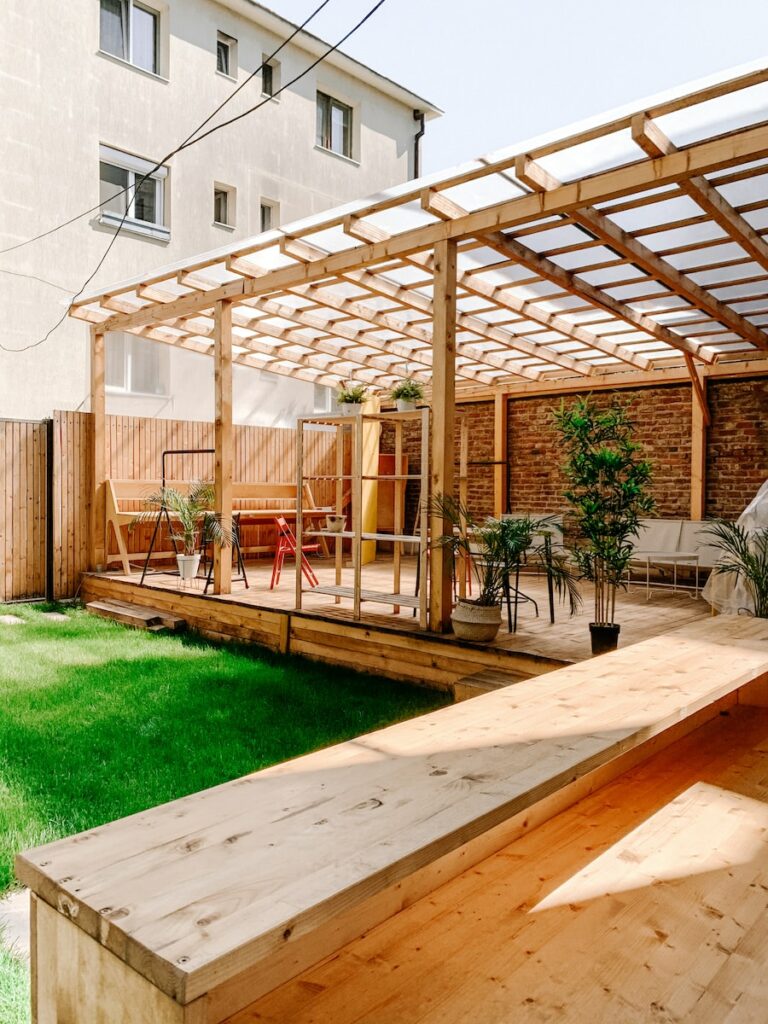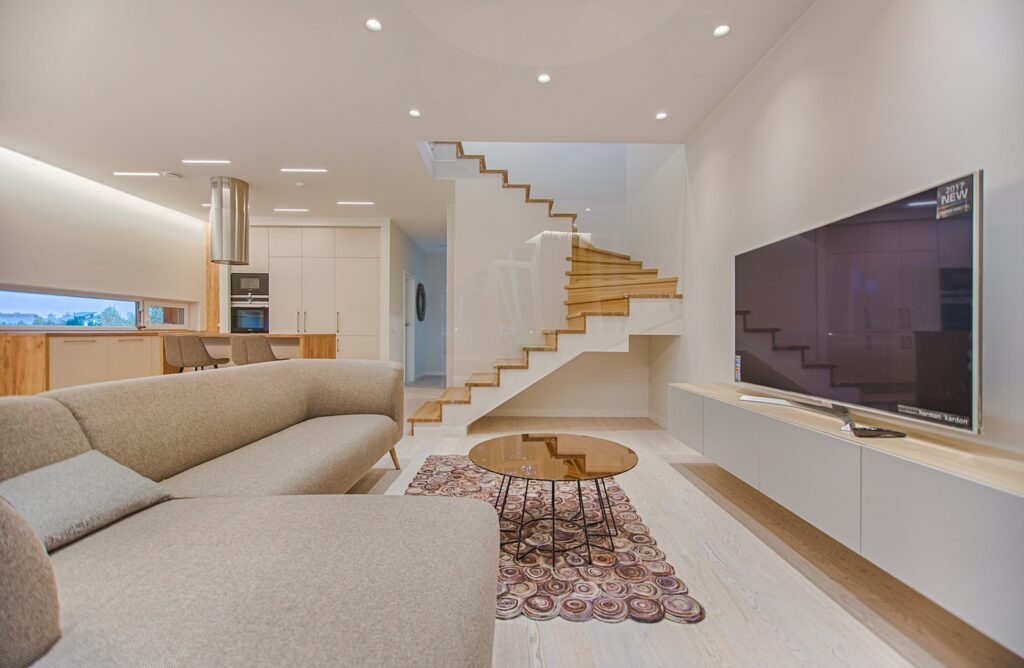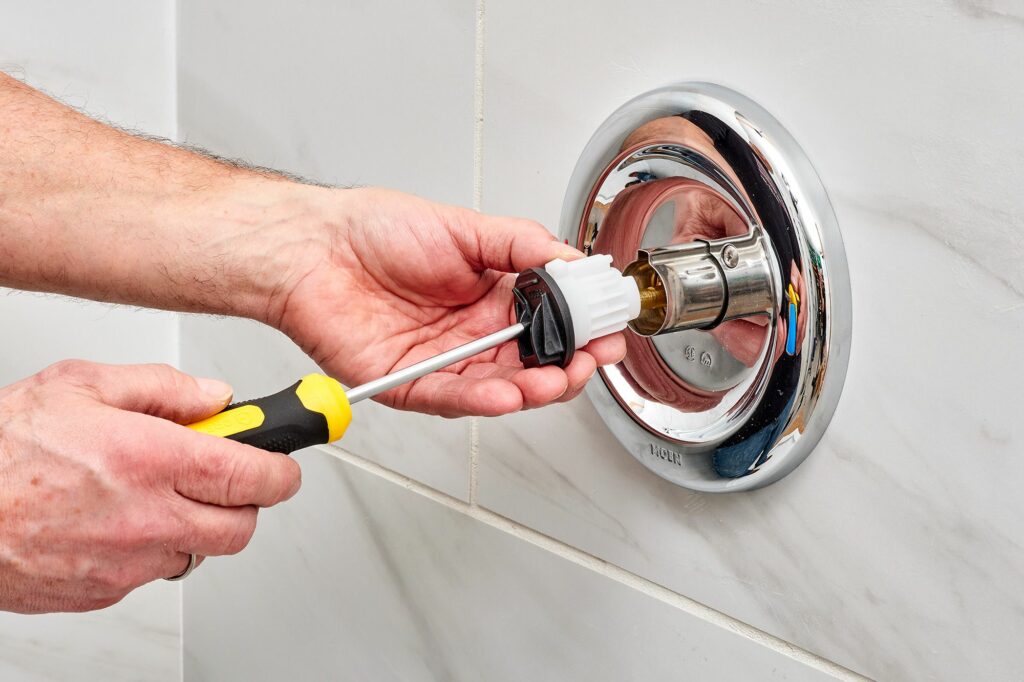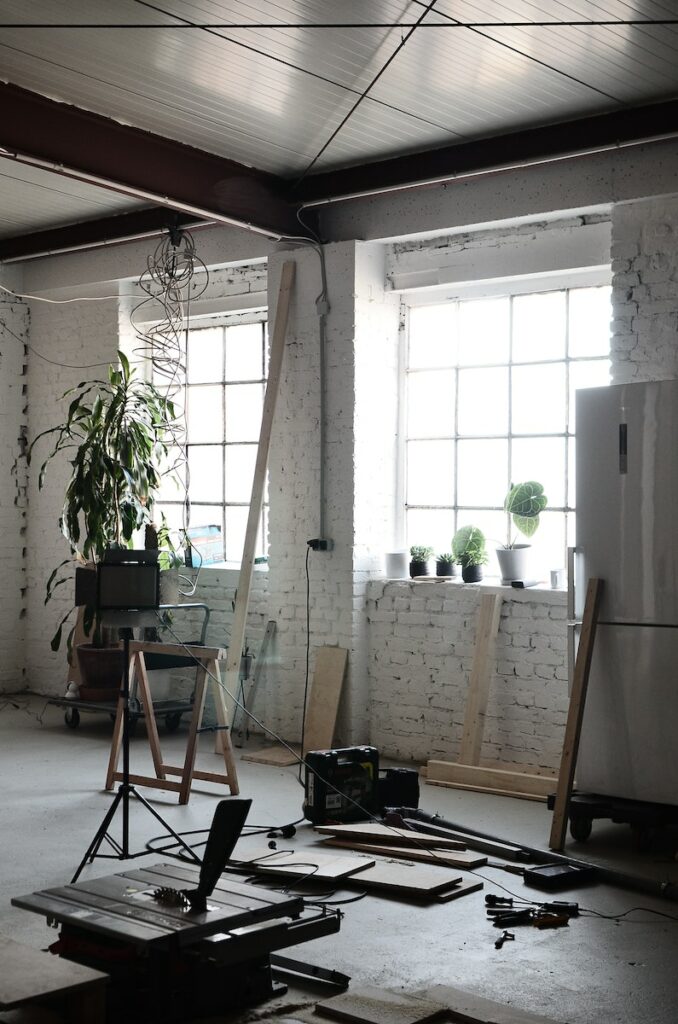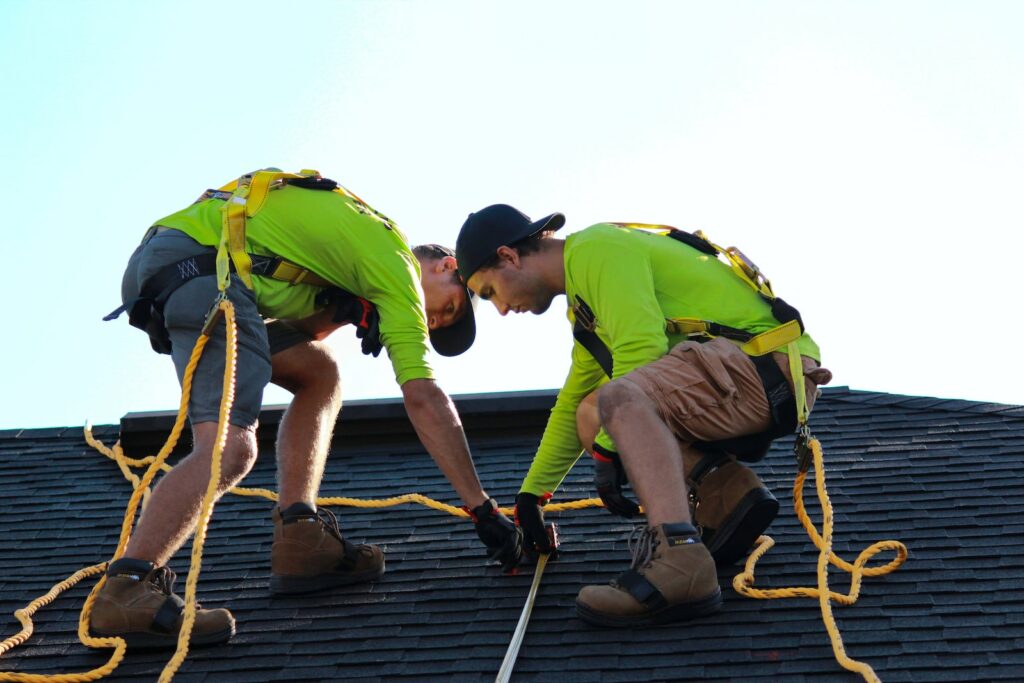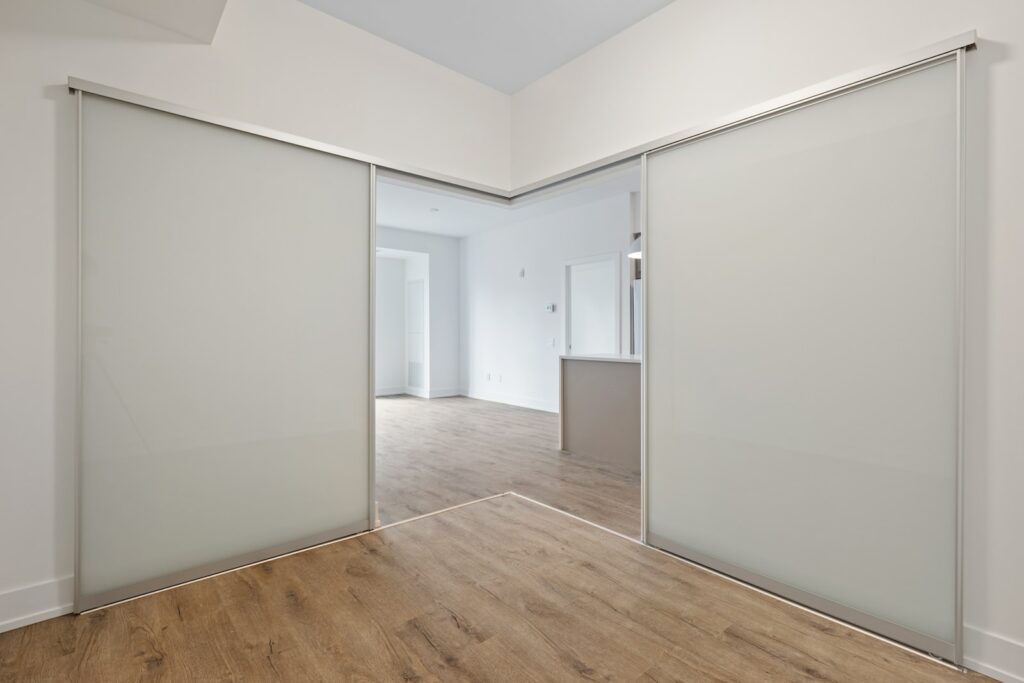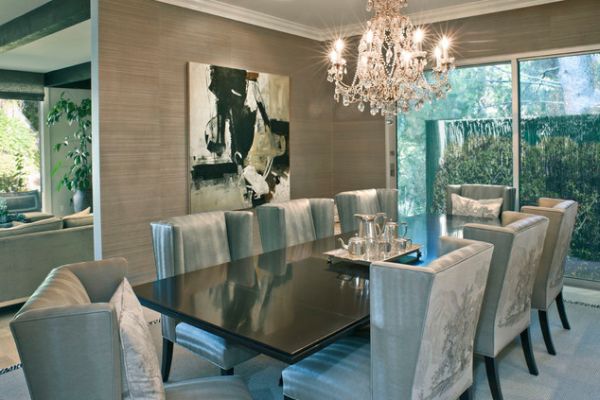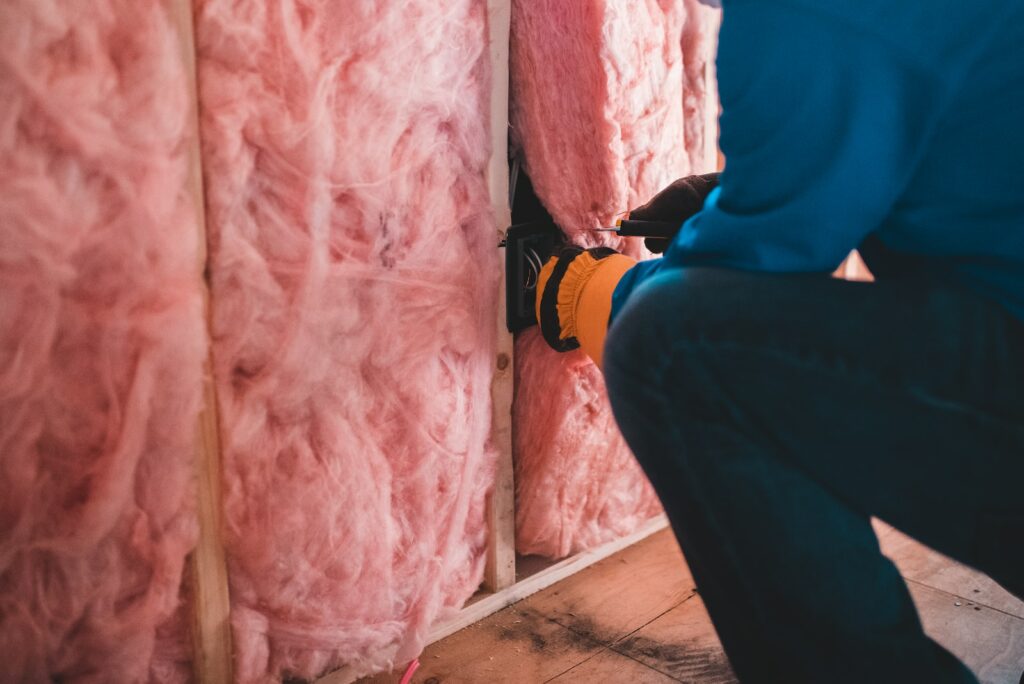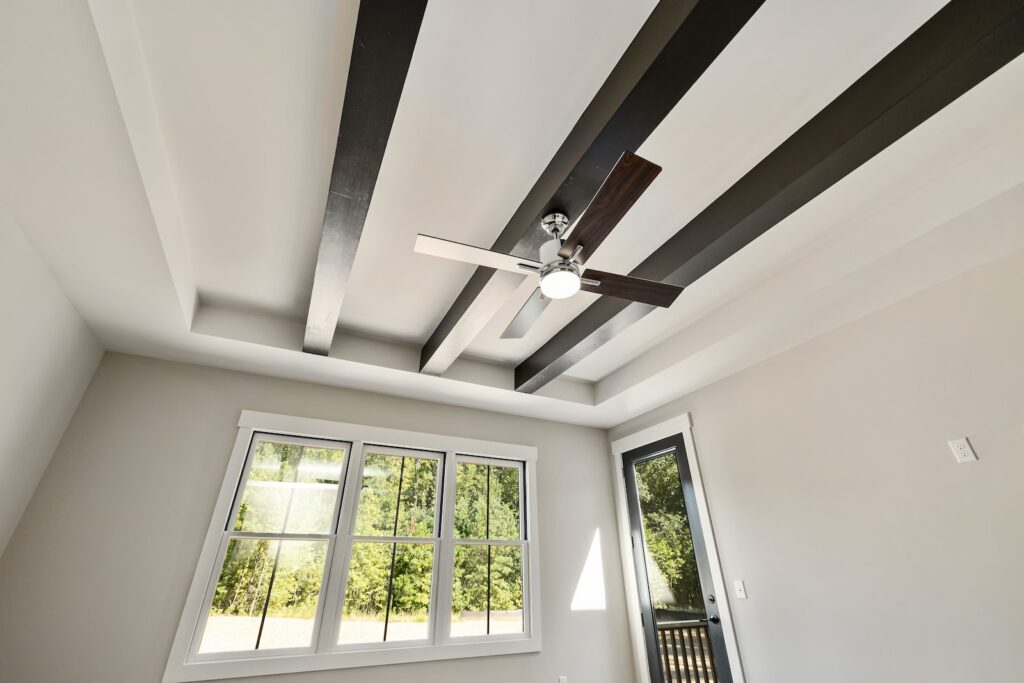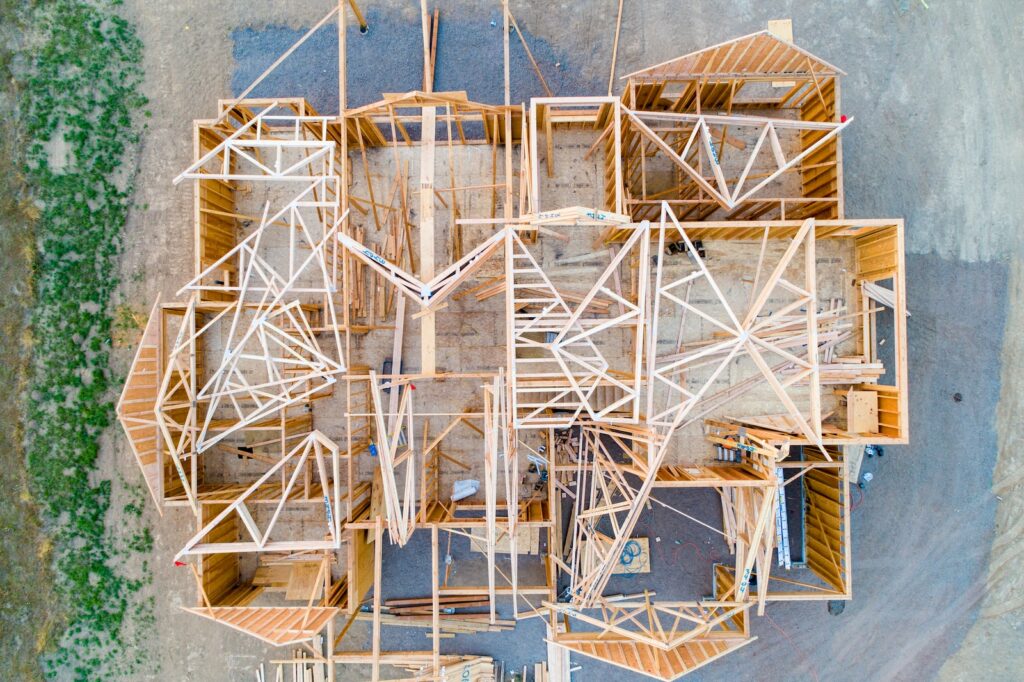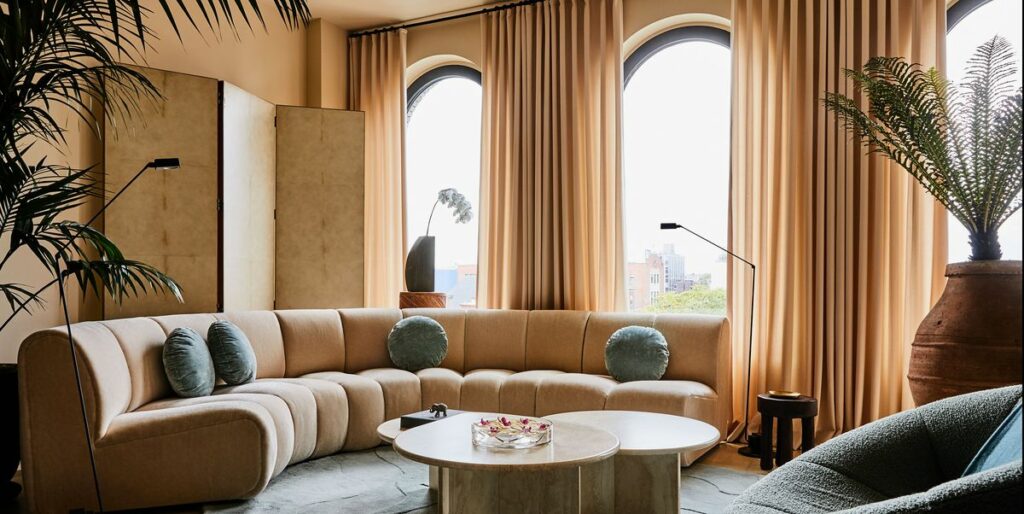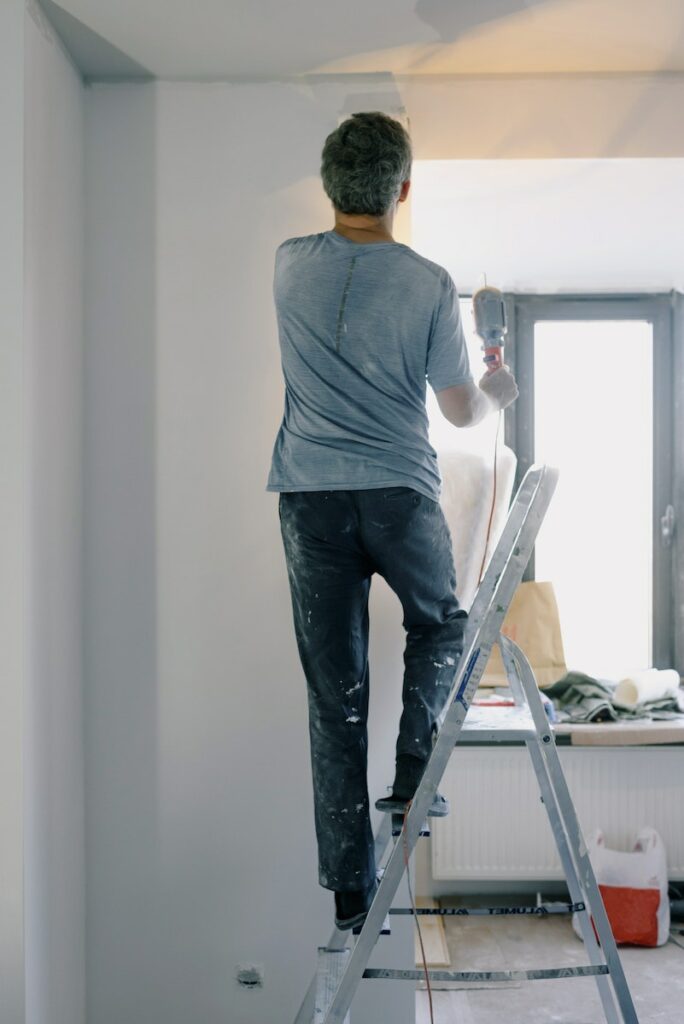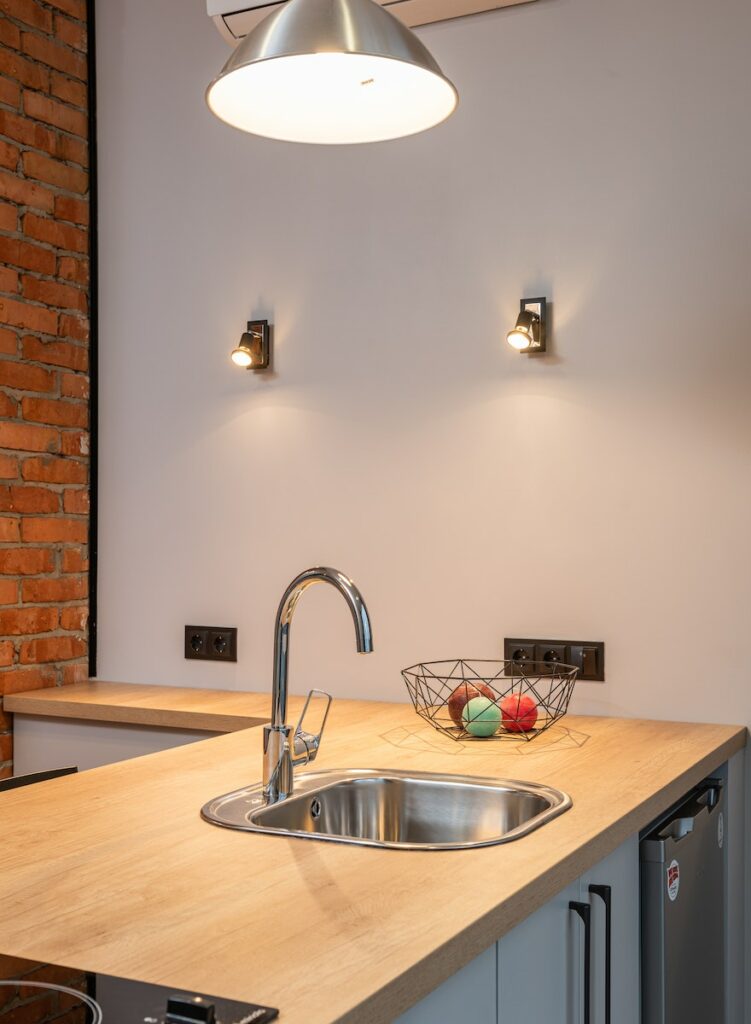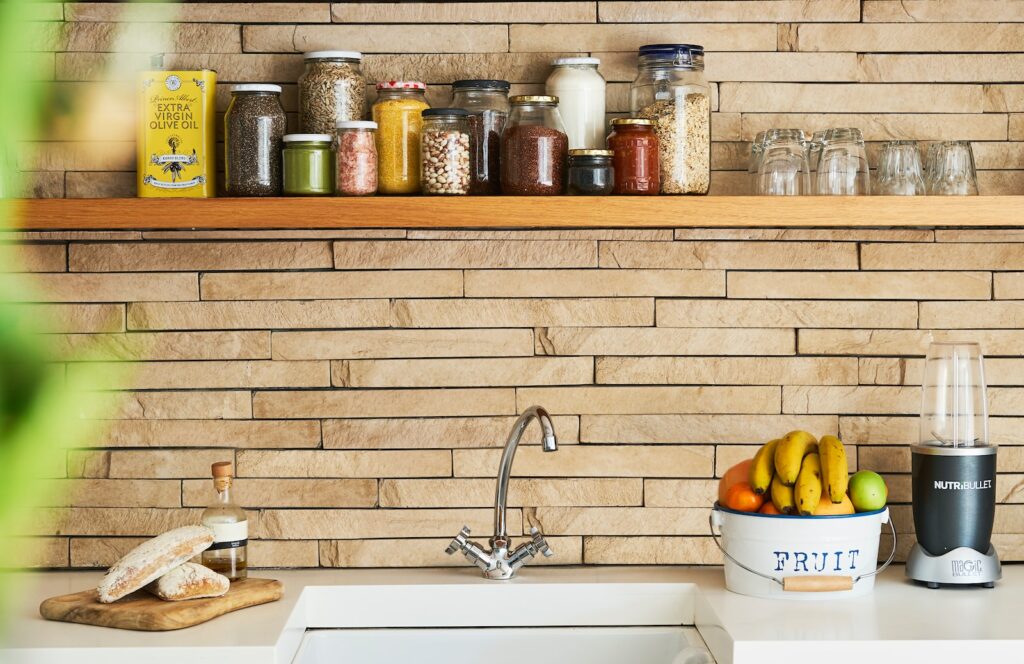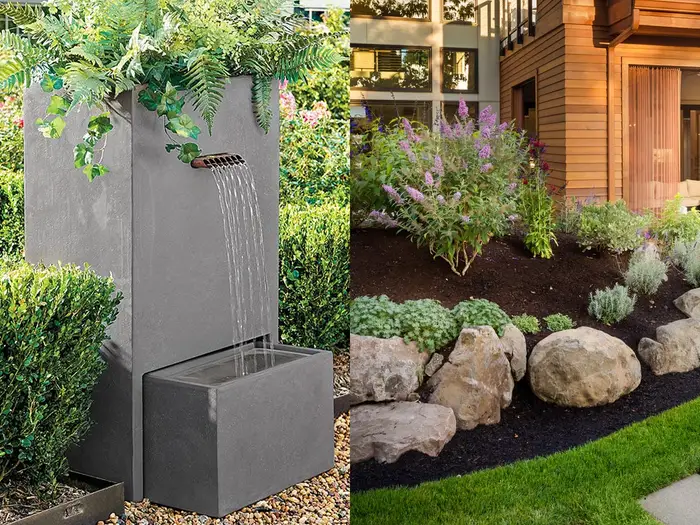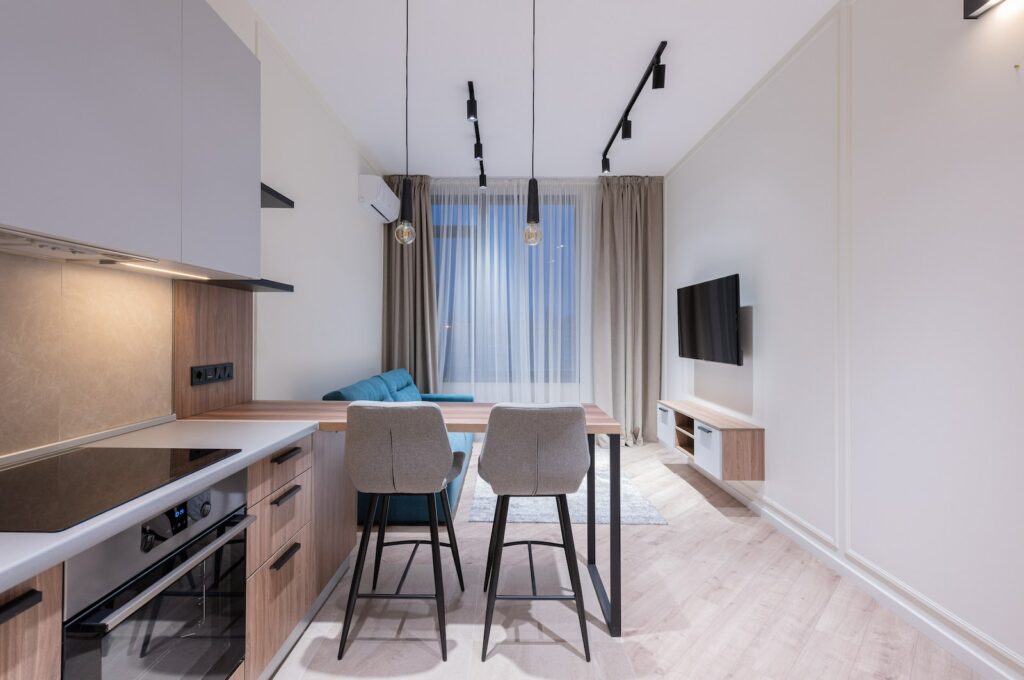DIY Pergola: Add Shade and Style to Your Backyard
Are you looking for an easy way to add some extra style and shade to your backyard? A DIY pergola is just the ticket. Pergolas are beautiful, versatile structures that provide a great way to accent your outdoor space.
What is a Pergola?
A pergola is a freestanding structure that is typically made of wood and supported by four or more posts. It typically has a flat roof, sometimes with a lattice or trellis. It is a great way to add some extra style and interest to your backyard.
Why Build a Pergola?
A pergola can add a lot of extra interest and beauty to your backyard. It can provide shade from the sun and provide a great place to sit and relax in your outdoor space. They are also a great way to add a cozy, romantic feel to any outdoor area.
Pergolas can also help add structure to your garden. They are great for climbing plants, as well as for adding support for hanging baskets and other decorations. They can also be used to separate different areas of your outdoor space or to provide a shaded spot for outdoor dining.
Getting Started – Tools and Materials
Building a pergola is a great DIY project. You can buy pre-made kits, or you can take on the challenge and build it yourself. Here are some of the tools and materials you will need to get started:
• Hammer
• Nails
• Saw
• Level
• Tape measure
• 4×4 Posts
• 2x4s
• Galvanized screws
• Lumber
• Sandpaper
• Stain/paint
• Roofing material (if desired)
Building a Pergola – Step by Step
Step 1: Measure the Area
The first step is to measure the area you plan to build your pergola in. Make sure you measure both the length and width of the area you plan to build your pergola. This will help to ensure that your pergola is the correct size for the space.
Step 2: Mark the Posts
Once you have measured the area, mark the spots for your posts using a piece of chalk or a pencil. Be sure to measure the distance between the posts and make sure they are evenly spaced apart.
Step 3: Dig the Post Holes
Next, use a shovel or post hole digger to dig the post holes. The depth of the holes should be such that the posts are securely in the ground at least 2 feet deep.
Step 4: Place the Posts in the Holes
Once the post holes are prepared, it’s time to place the posts in the holes. Make sure they are level and secure them by filling the holes in with concrete or soil and compacting it around the posts.
Step 5: Assemble the Frame
Once the posts are in place and the holes are filled in, it is time to assemble the frame of the pergola. Use 2x4s to construct the frame. Make sure to use galvanized screws and nails to ensure the frame is secure.
Step 6: Add Bracing
Once the frame is assembled, it is time to add bracing to the structure. Use 2x4s to create the bracing and then use galvanized screws and nails to secure it to the frame.
Step 7: Secure the Roof
If you are adding a roof to your pergola, now is the time to do so. You can use any type of roofing material you choose. Secure it to the frame of the pergola using nails or screws.
Step 8: Add Finishing Touches
Once your pergola is assembled and secure, it is time to add the finishing touches. Sand the wood if needed and then stain or paint it. You can also add any decorations or accessories such as hanging baskets you wish.
Benefits of DIY Pergola
Building a pergola is a great way to add style and value to your backyard. It is also a great way to save money and get the satisfaction of completing a project on your own. A DIY pergola can provide shade and protection from the elements while adding interest to your outdoor space.
A pergola is also a great way to help enhance your outdoor living space. It can provide an outdoor dining area or a cozy seating spot for enjoying the outdoors. This makes it a great addition to any backyard.
Time & Expense Estimate
Building a pergola can take anywhere from 2-4 days depending on the size and complexity of your project. As far as costs, the materials for a basic pergola can range from $200-$400. If you are adding a roof, you can expect to add an additional $300-$500 for materials.
Safety Precautions
When building a pergola, safety should always be a priority. Be sure to wear protective gear such as gloves, goggles, and a dust mask when working with wood and power tools. Also, be sure to have a helper with you when lifting heavy items.
In addition, double-check all measurements and be sure the pergola is securely in the ground before you begin adding the roof or other attachments.
Conclusion
Building a pergola is a great way to add shade and style to your backyard. It can provide a great place to relax or entertain and will surely be a conversation piece in your outdoor space. While it can take some time and money, it is a great DIY project that is sure to add value to your home.

